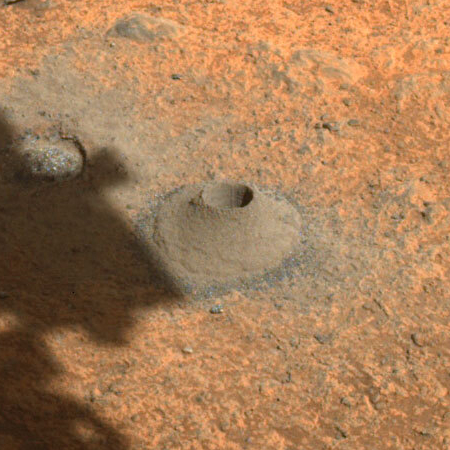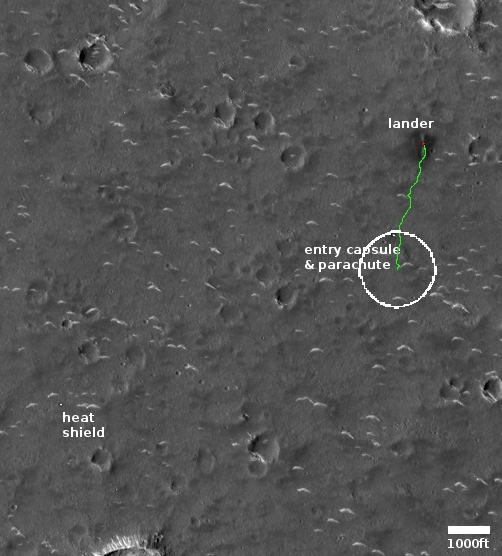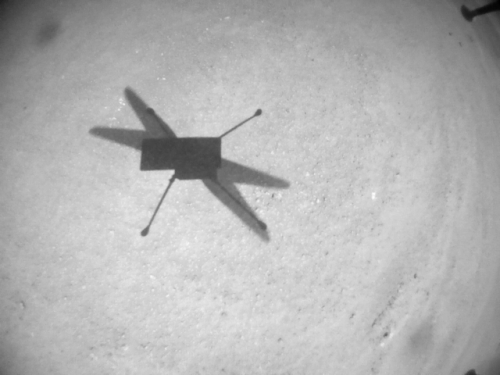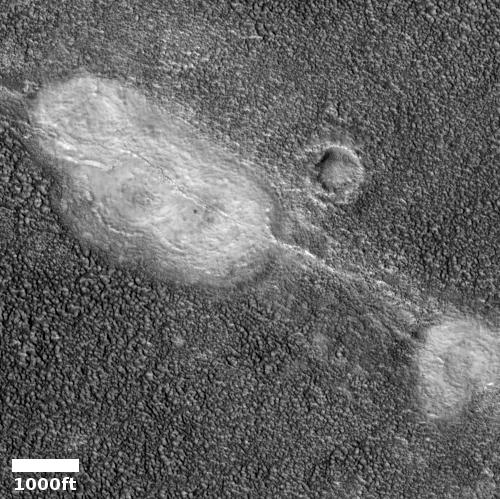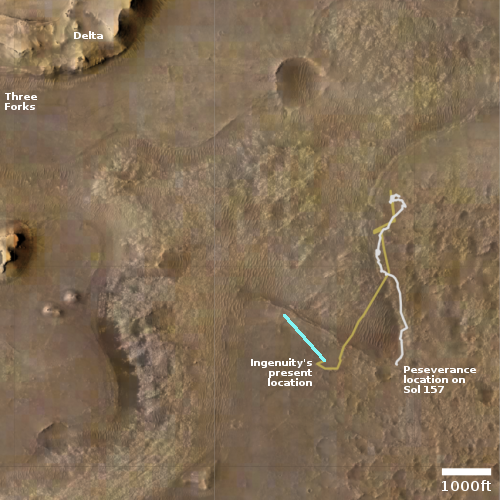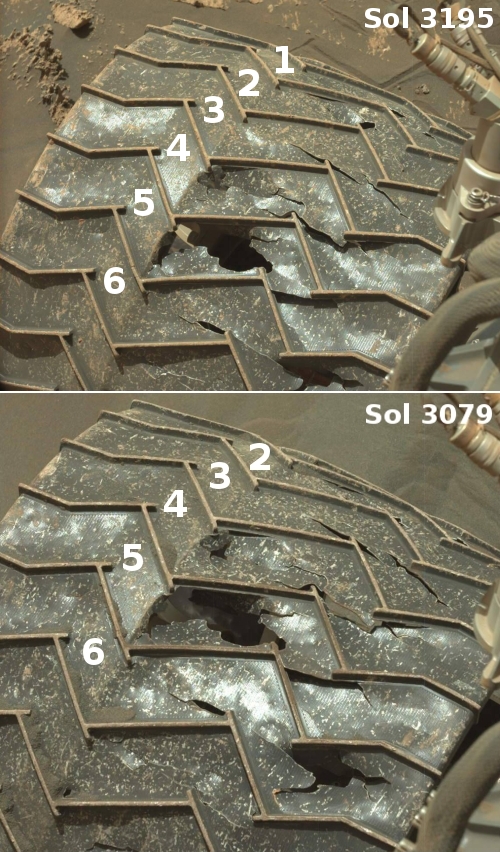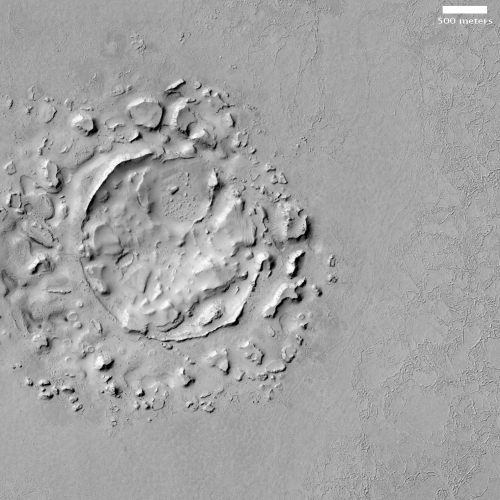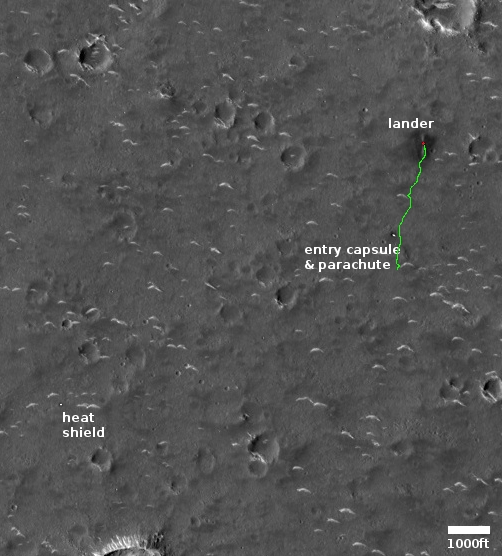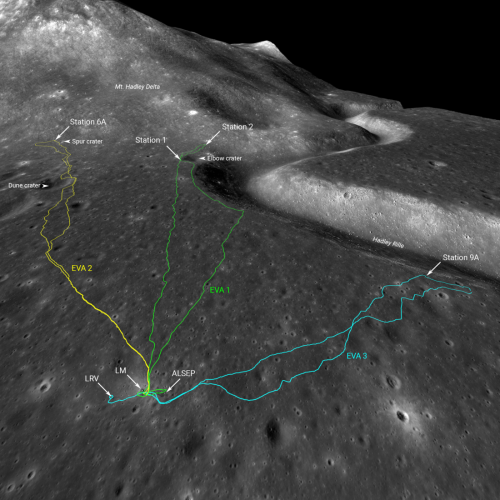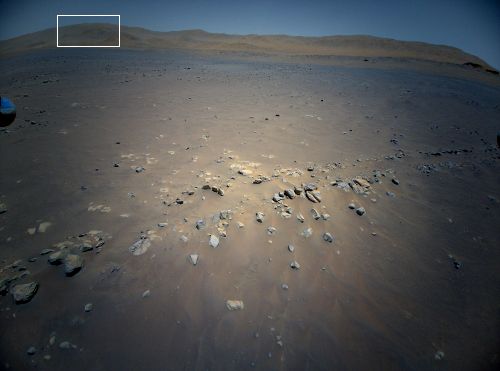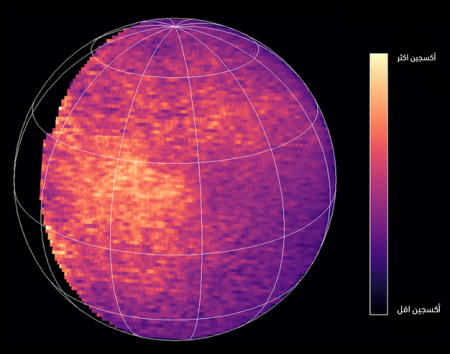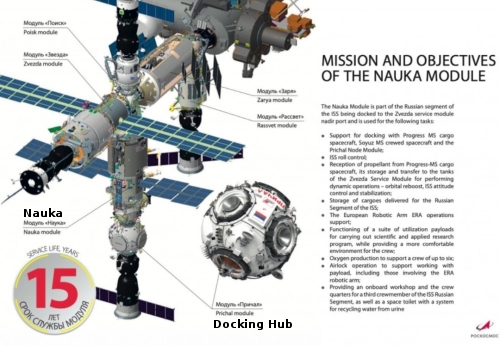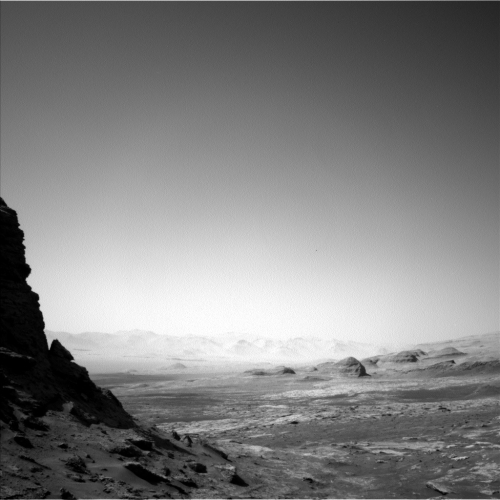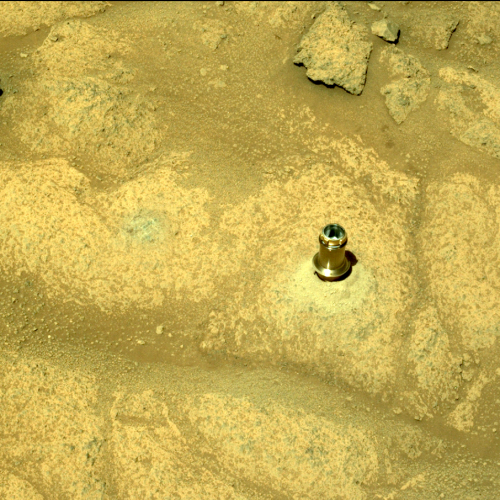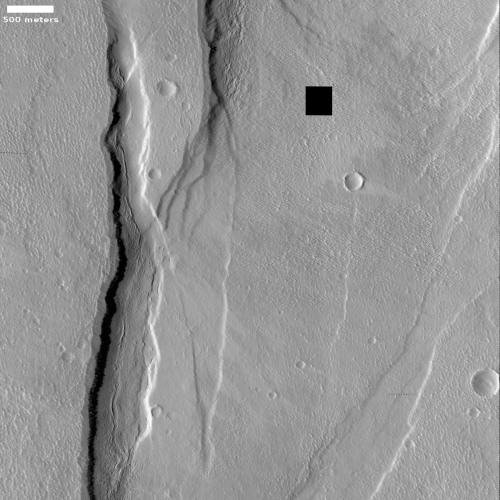Scientists: Betelgeuse dimmed because of giant dark spot on surface
The uncertainty of science: A new study by scientists in China now proposes that the dimming of the red giant star Betelgeuse in 2019-2020 was because of a giant dark and cold spot on its surface.
When Betelgeuse was at its dimmest on Jan. 31, 2020, its effective temperature — meaning, the temperature calculated from its emitted radiation — was measured at 3,476 degrees Kelvin (about 5,800 degrees Fahrenheit or 3,200 degrees Celsius.)
But once the star was back to a normal luminosity, measurements indicated an almost 5% temperature rise to 3,646 Kelvin (roughly 6,100 F or 3,370 degrees C.)
…[T]he astronomers … concluded it is unlikely the entire surface cooled temporarily by that amount. Rather, it must have been a sunspot — or rather, a “star spot” — blocking some of Betelgeuse’s radiation from escaping, they said.
This new hypothesis aligns partly with others that say it was a combination of a dark spot and intevening dust that caused the dimming.
None of these hypotheses however “solve” the mystery. Too little concrete information exists at present to do that.
The uncertainty of science: A new study by scientists in China now proposes that the dimming of the red giant star Betelgeuse in 2019-2020 was because of a giant dark and cold spot on its surface.
When Betelgeuse was at its dimmest on Jan. 31, 2020, its effective temperature — meaning, the temperature calculated from its emitted radiation — was measured at 3,476 degrees Kelvin (about 5,800 degrees Fahrenheit or 3,200 degrees Celsius.)
But once the star was back to a normal luminosity, measurements indicated an almost 5% temperature rise to 3,646 Kelvin (roughly 6,100 F or 3,370 degrees C.)
…[T]he astronomers … concluded it is unlikely the entire surface cooled temporarily by that amount. Rather, it must have been a sunspot — or rather, a “star spot” — blocking some of Betelgeuse’s radiation from escaping, they said.
This new hypothesis aligns partly with others that say it was a combination of a dark spot and intevening dust that caused the dimming.
None of these hypotheses however “solve” the mystery. Too little concrete information exists at present to do that.

